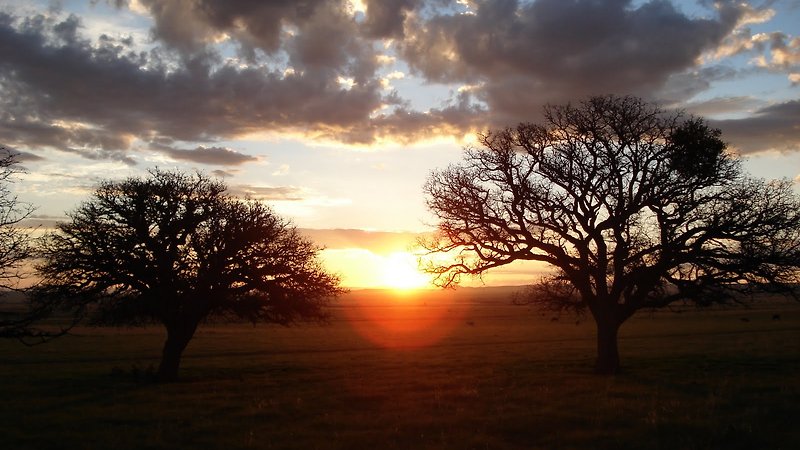This tale of adultery in a Mennonite community in rural Mexico has the power of a story from the Old Testament. "This is a film of grace and greatness." — Financial Times

Oscillating between the sacred and profane, this elemental tale of love and betrayal is part ethnographic documentary and part 16th-century psycho-drama.
Screened as part of NZIFF 2008
Silent Light 2007
Stellet licht
Up-and-coming Mexican director Carlos Reygadas was lambasted in some circles for emulating such arthouse heavyweights as Tarkovsky, Dreyer and Bresson in his first film Japon, but there are far worse role models for a young filmmaker, and by his second film, the admittedly problematic Battle in Heaven, he was already taking his aesthetic in new directions.
Silent Light, which won Reygadas the Best Director award at Cannes last year, is the film that most fully realises his ambition, and it effectively silenced many of his critical nay-sayers. From the incredible opening shot that condenses a stunning dawn into five intensely beautiful minutes to its symmetrical closing one, we're in the hands of a gifted, original filmmaker, showing us things we've seldom seen in ways we didn't anticipate.
The story is as simple as a parable. A culturally isolated Mennonite family living, working and praying in rural Chihuahua, Mexico reaches a crisis when the patriarch falls in love with another woman (Reygadas continues his interest in depicting sex between ordinary people with ordinary bodies). Compulsively honest, Johan confides his shifted affections to his wife Esther, with catastrophic results.
Although the influence of Dreyer rests heavily on the austere, minimal storyline, the film's precise widescreen, wide-angle compositions and slow tracking shots are more beholden to Kubrick. In fact, the film's other stylistic influences are so diverse - Kiarostami car shots, Antonioni long shots, gorgeous Vilmos Zsigmond anamorphic camera flares at moments of intense emotion - that the total effect becomes convincingly idiosyncratic and individual, fully earning the film its place in many year-end lists as one of the finest films of 2007. — AL
Everything is monumentally deliberate, from the human interactions to the stolidly bucolic representation of Mennonite domesticity to the extraordinary, wide-screen landscape shots that bracket the action. Oscillating between the sacred and profane, this elemental tale of love and betrayal is part ethnographic documentary and part 16th-century psycho-drama. — J. Hoberman, Village Voice